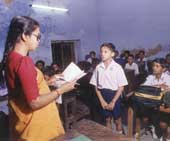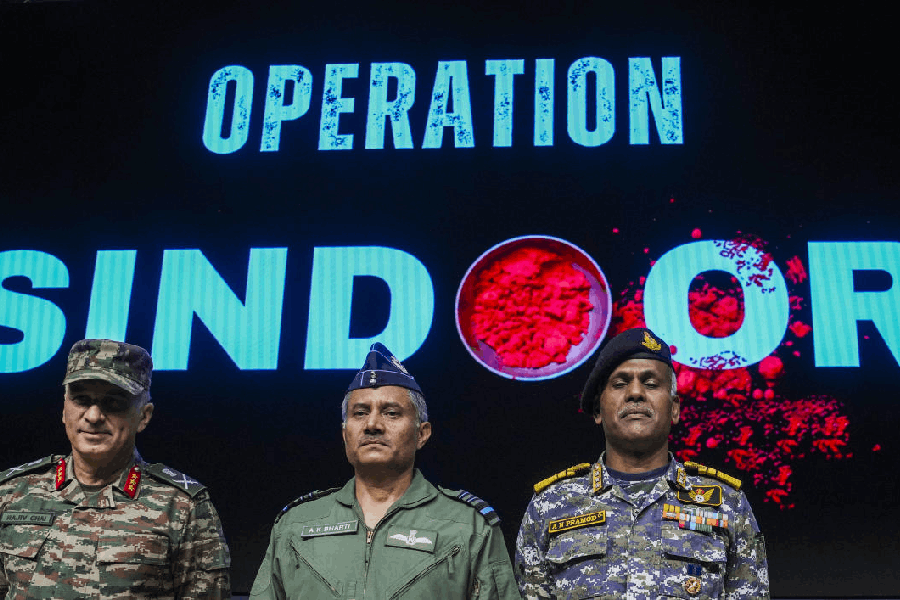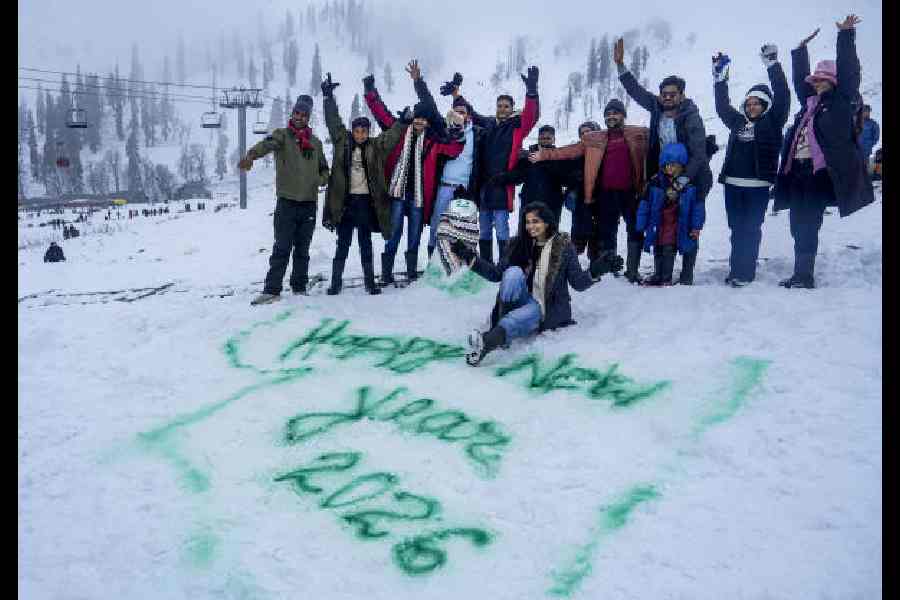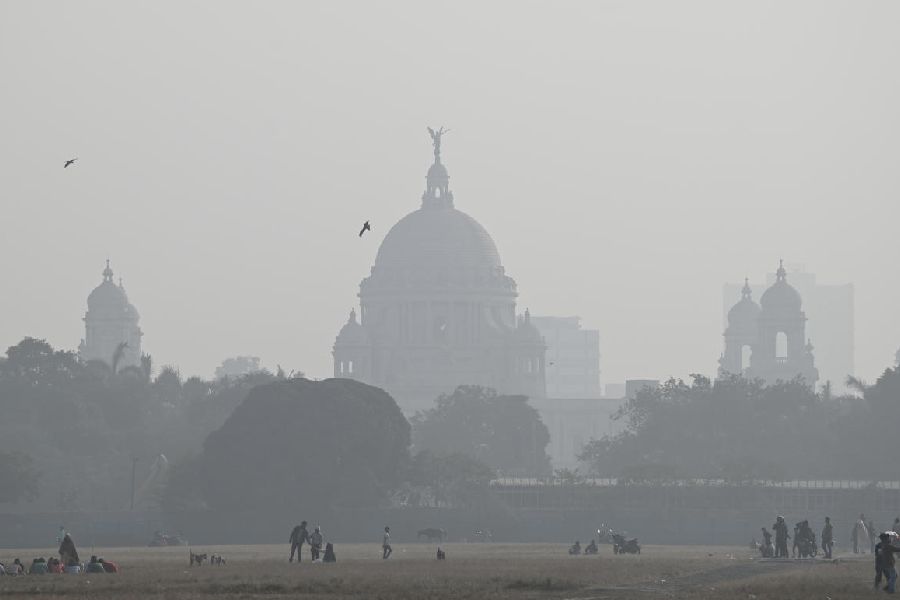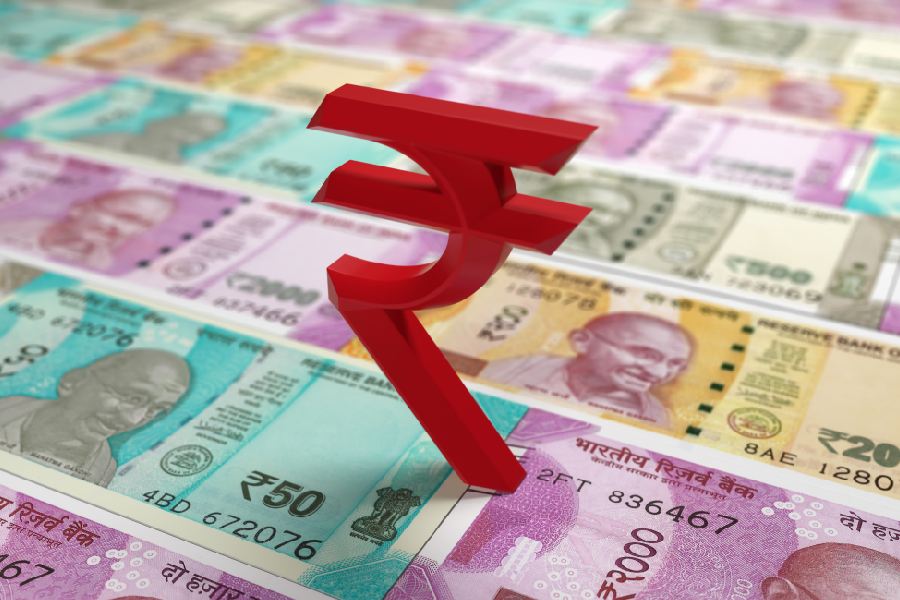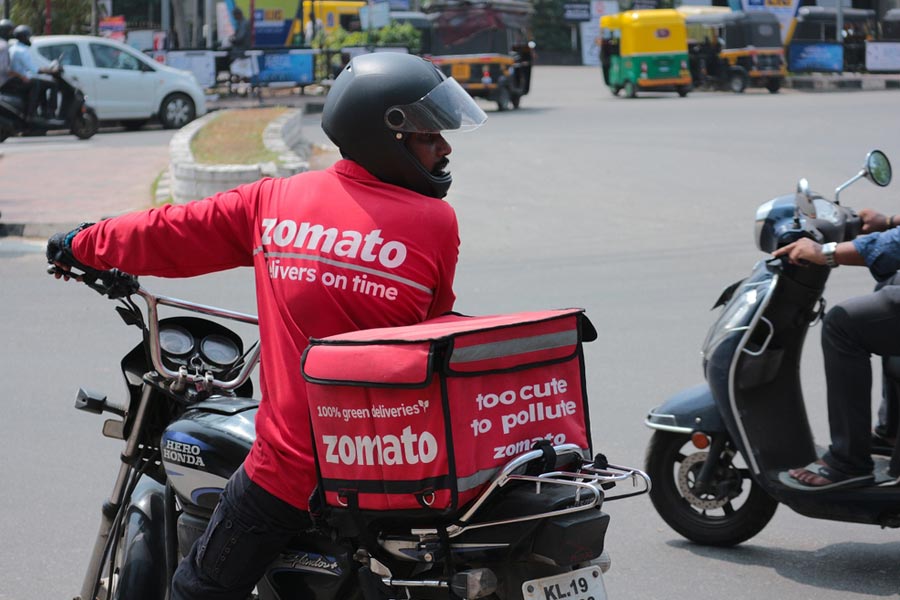|
|
| Urgent measures |
The recent changes in the Union cabinet saw Mani Shankar Aiyar getting the portfolio for the North-east in addition to his existing charges. The bureaucrat-turned-politician is reported to have a good idea of the region, having toured it with his friend and former prime minister, Rajiv Gandhi. Obviously, the present prime minister, as also the chairperson of the United Progressive Alliance, thought he would be able to better direct the government than others before him as to what path should be followed in an area where New Delhi has so far appeared to be largely clueless.
There is till date no reason why Aiyar’s credentials as an administrator should be questioned. But the question is, what is it that the government expects him to achieve? If the government expects him to tone up development work to such a degree that the various divisive forces would get isolated from the people, then once again it is making a big mistake. Or, to be more precise, it is refusing to acknowledge the fallacy of its argument that lack of development lies behind all the troubles in the seven states — the eighth state, Sikkim, is a recent member of the club and does not share the problems of the others.
Lack of development is a national phenomenon and not a feature of life in the North-east alone. The problem relates essentially to the issue of ethnicity, an issue that has had a natural birth in some states and has been imposed on the people in others. Lack of development is cited by the forces of insurrection as merely another “instance of India’s absence of interest in our welfare”, but this is always accompanied by the assertion, “we can expect nothing by remaining a part of India.” So where does Aiyar and his fair idea of the region come into the scenario? It should not be forgotten that his predecessor had an equal or better knowledge of the North-east, as he hails from Meghalaya, one of the original seven sisters.
State-wise, what is the situation today? The Naga rebels have been fighting with the Union government since independence and at present, there is a ceasefire but no solution in sight. A solution is extremely difficult to arrive at as the rebels are demanding a Greater Nagaland, including areas in Manipur and Assam. There is also the question of autonomy, but first, there has to be an agreement on the demand that the existing boundaries be redefined. Also, the prolonged talks in Bangkok and elsewhere with the National Socialist Council of Nagalim (Isaak-Muivah) are only giving the rebels the much-needed breathing space for training for the days when the period of peace would be over, maybe next year. There is also the question of what the rival Khaplang group may do even if an agreement is reached with the Isaak-Muivah faction.
Actually the problem in Nagaland is deeper than it appears on paper. A fiercely independent people with their own established system of administration, which even the British had not disturbed, the Nagas, irrespective of tribes, had never mentally come to terms with the fact that decisions regarding their lives would be taken not by their elders but by unknown elements in distant Delhi. It is because of this that the NSCN enjoys support and sympathy at the grassroots level and the ‘tax’ that it levies is not always seen as extortion. Development of infrastructure is only of secondary importance here.
In Assam, the issue is much simpler, it is wholly one of law and order. The Assamese are not tribals, they had always been a part of the Indian mainstream. So all claims of being a part of the larger Mongoloid family, and hence different, should have been dismissed long ago and the United Liberation Front of Asom treated the only way it deserved. Here New Delhi would do well to understand that it is more Shivraj Patil than Mani Shankar Aiyar who has a role to play. The ceasefire in the state has ended, army operations have been resumed and it is only to be hoped that Operation Rhino is not repeated and the troops called back to the barracks. Yes, Assam has problems such as the annual floods, but they are not just “Assamese problems”. Incidentally, what was the Centre seeking to achieve by listening to a few individuals who represented the Ulfa and who were clearly seeking to ensure that the ‘boys’ did not face justice as they should for their many heinous deeds?
Manipur is the third state which needs to be looked into. Here are the Meiteis, Nagas and Kukis, who have no love lost between them but are all eager to create problems for the Centre. Then there is the United National Liberation Front led by those close to the former ruling family and which maintains that the 1949 treaty by which Manipur joined the Indian Union has no legal validity. It has a fully armed cadre of around two thousand, and though at present there is a ceasefire agreement, the training camps are not idle. Then in the south-east, there are the Kuki rebels running their camps along the Myanmar border. Here also, there is a ceasefire agreement in force but that does not mean that the Kukis have gone slack on their determination to carve out a separate homeland. And overall, there is the simmering discontent at the presence of the army and the special powers it enjoys. Yes, it cannot be denied that the army had at times behaved like an army of occupation, but the question is, why did the army arrive in the first place. Human rights activists and the “do gooders” never address this query.
In Tripura and Meghalaya, things are a bit quiet these days but that does not mean that the ethnic kettle has been taken off the fire. And Arunachal Pradesh has emerged as a major conduit for arms smuggled in from Myanmar.
This being the picture, how can development be expected to bring peace? It is not as if money has not been spent on the North-east. The Manmohan Singh government announced a huge package a few months ago. The time perhaps has come to take a close look at what fuels insurgency in the North-east. The troubles in Assam and Tripura had begun after the ‘Seven Sisters Bihu’ at Shibsagar in 1979, a meet which was attended by the then ambassador of Thailand and American embassy officials, and of course, political activists from the two states. The World Baptist Alliance publication, The Church Precedes the Empire, had appeared a year earlier. In this, the efforts of the Tripura Upajati Juba Samity towards freeing tribals from communist influence had been praised. Today, Bangladesh is being blamed, and rightly, for sheltering rebels from the North-east, but what about the help and encouragement from other forces?
All this may appear to be ancient history, but the present cannot be seen in isolation from the past. New Delhi has been blind all these years and it would do well now to adopt a multi-pronged approach. If in the case of Nagaland, the need is for accommodation, it is firmness that is required in Assam and Manipur. And one thing should be clear: merely pouring in funds for development will not lead anywhere.

